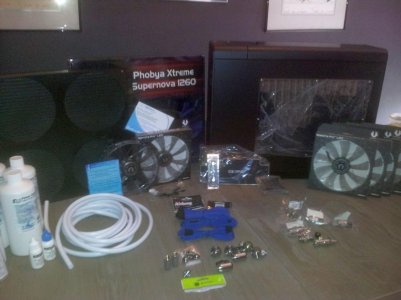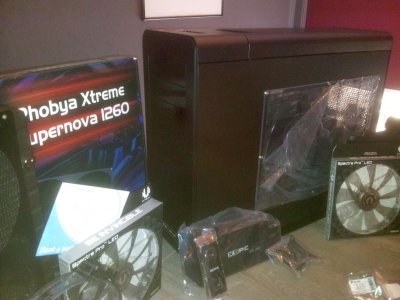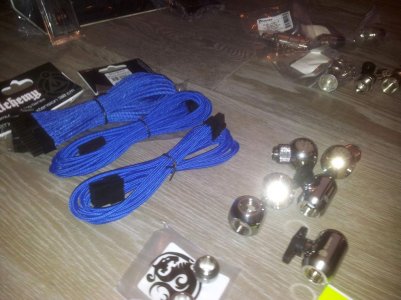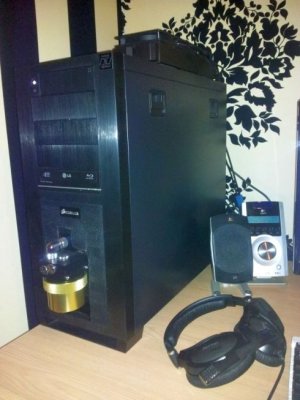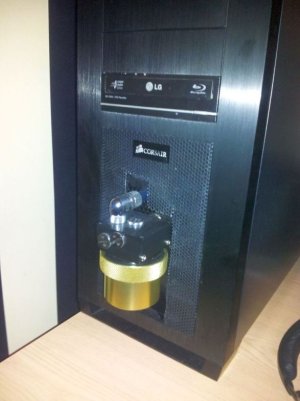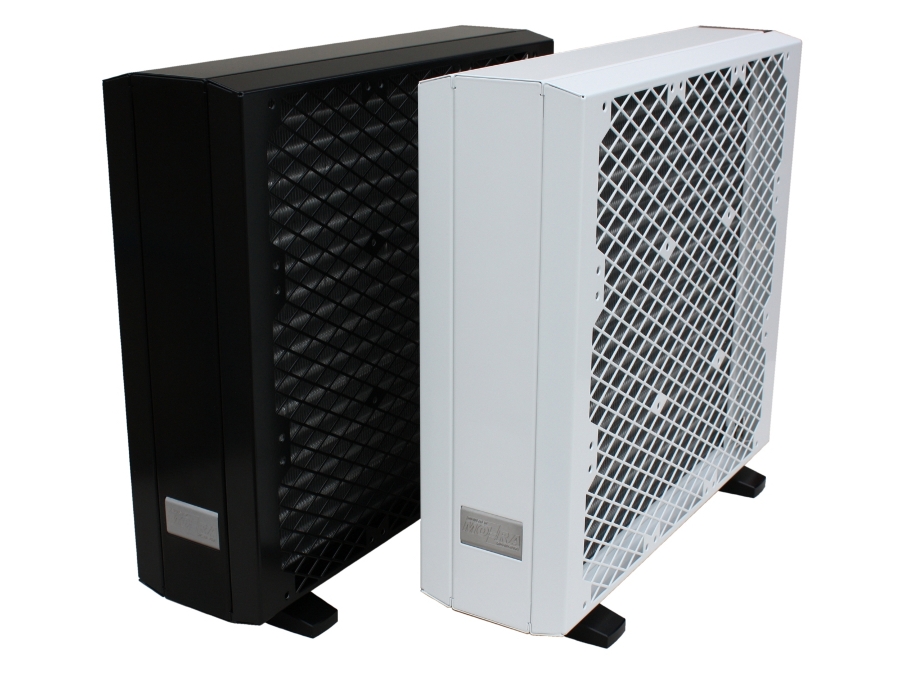Have a look at my build log if you haven't already, as I've done the external radiator thing (MO-RA3) with a FT02 case, link in sig. Performance and sound wise it's great, but some pointers to help you on your way.
- The rear of the FT02 is thicker than you probably think, at 6mm.
- Depending on the size of you QDC's you have some drilling in front of you. The QD3's that I used were 18mm (bulkhead fittings), and since a drill chuck is 13mm max, you'll need some reduced shank drill bits like these:
- Hopefully you'll be aware that the metal shards will go everywhere so do not be temped to drill with any components in! Might sound a bit obvious but I've heard people do worse. Wear goggles, oil lightly and drill progressively.
- It's a shame you already have the VLN quick disconnects as the newer QD3's (QD3-F10X13 and QD3-MFG4-P) are far better, and not that more expensive. These really lose not a drop when disconnected! Really impressed with them.
- Not sure how you are using the QDC's, did you get the bulkhead version? If not, how are you passing the tubing through the case? If you're using a grommet then you'll need a method to ensure you don't pull the tubing when disconnecting. Please don't pass the tubing through bare metal!!
- How are you cabling up the fan wires? Don't skimp out and just throw them in the top opening of the FT02; make connectors for them so you can isolate the fan power as well as the water when you need to move it.
- I didn't see it in your pics, but you'll need a stand and fan grills for your rad. It'll look crap and half finished without them, as well as risk toppling and things getting caught. Consider making it a feature

.
- Hidden behind a desk isn't the best place for a radiator. Sure the cool air is usually at floor level, but so is all the fluff, dust and what-not of the normal household. Also, there will be no true airflow, and all you will create is a pocket of ever warming air circulating around your radiator, defeating the purpose of such an awesome radiator. Consider moving it to a place where the rad can
breathe.
- Your loop - hmm. The usual thing is to have res -> pump at the very least, so when filling you can use the pump to start fluid moving when gravity no longer works. The line with the valve between the pump and res is useless and ill-conceived - all it's going to do is pump water in 3 directions - some in the rad, some in the res (and cause it to fill up, fill with bubbles, and perhaps subject it to pressure it wasn't intended for) and some in to the case loop that you attempted to isolate (if you open the valve when connected to the pc loop). If it's to circulate the coolant to remove bubbles - it won't; as said before it'll just generate more. Keep it simple - in and out. Use your QDC's when it comes time to drain and flush.
- How are you controlling the fan speeds of the radiator? Setting it and leaving it? If so fair enough, but you are missing out on running that radiator passively, a real boon for rads of this size. I've tested many methods with my set up and for me the best way was varying the rad fans speed depending on the coolant temperature. After all, that's what the radiator does isn't it, cool the coolant? If the coolant is cool or warm and within limits, why continue to run the fans as you'll never get it below ambient (bad if you do) and it's not doing anything to cool the case either. When the water is a particular temp kick in the fans (difficult to judge manually, granted, automate it

).
You wanted advice, hopefully it came across as constructive! Good luck with your build and if you want any more pointers, just ask.


